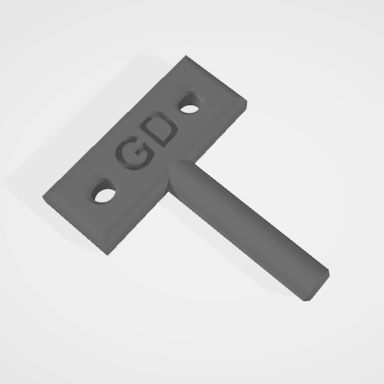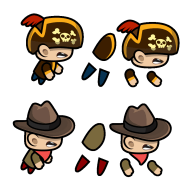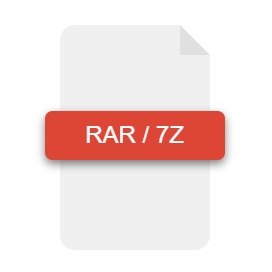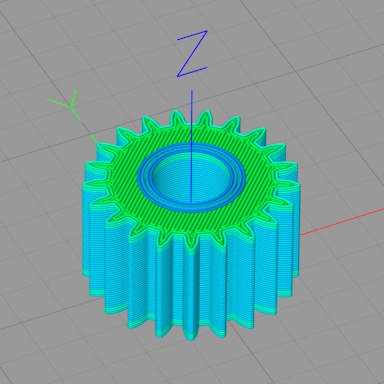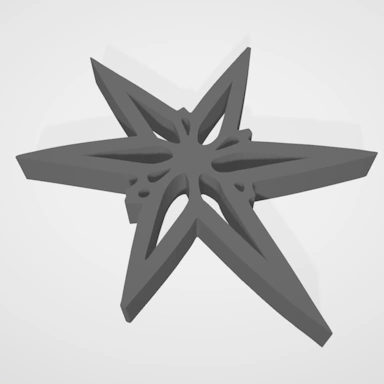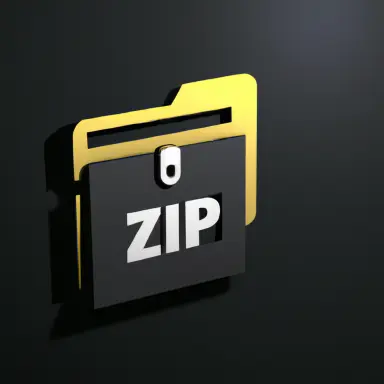Comparing STL and OBJ Files
The STL and OBJ file formats are both capable of representing a 3D model, but their capabilities and suitability for specific tasks vary. Here we take a closer look at both formats, see what the fundamental differences are, and try to determine which is better suited to a particular task.
Features
In terms of features, the OBJ file format is capable of storing materials, i.e., surface rendering properties, in a separate MTL (short for material) file. This MTL file can also contain references to external texture files when dealing with textured surfaces. External texture files will tend to be either PNG or JPG files; however, there may be other formats used, such as TGA. STL files, on the other hand, have no support for object materials or textures, making the OBJ format the clear winner here if you need to store materials or textures with your 3D model.
The OBJ format also stores its geometry differently from the STL format. Whereas the STL format is a simple list of triangles, the OBJ format makes use of indexed lists of vertices, normals, and texture coordinates, which helps in the reuse of data and reduces the file size compared to the same model in the STL format.
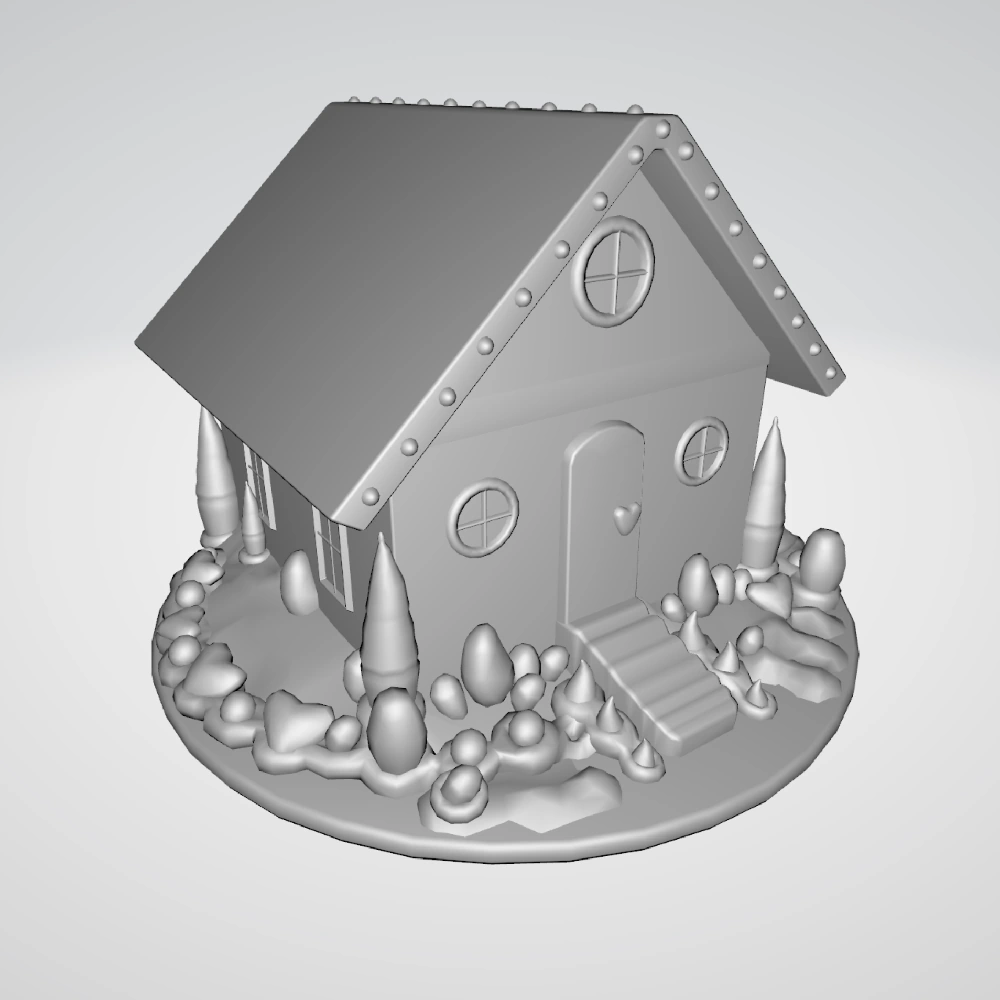
A gingerbread 3D model with no materials stored in the STL format
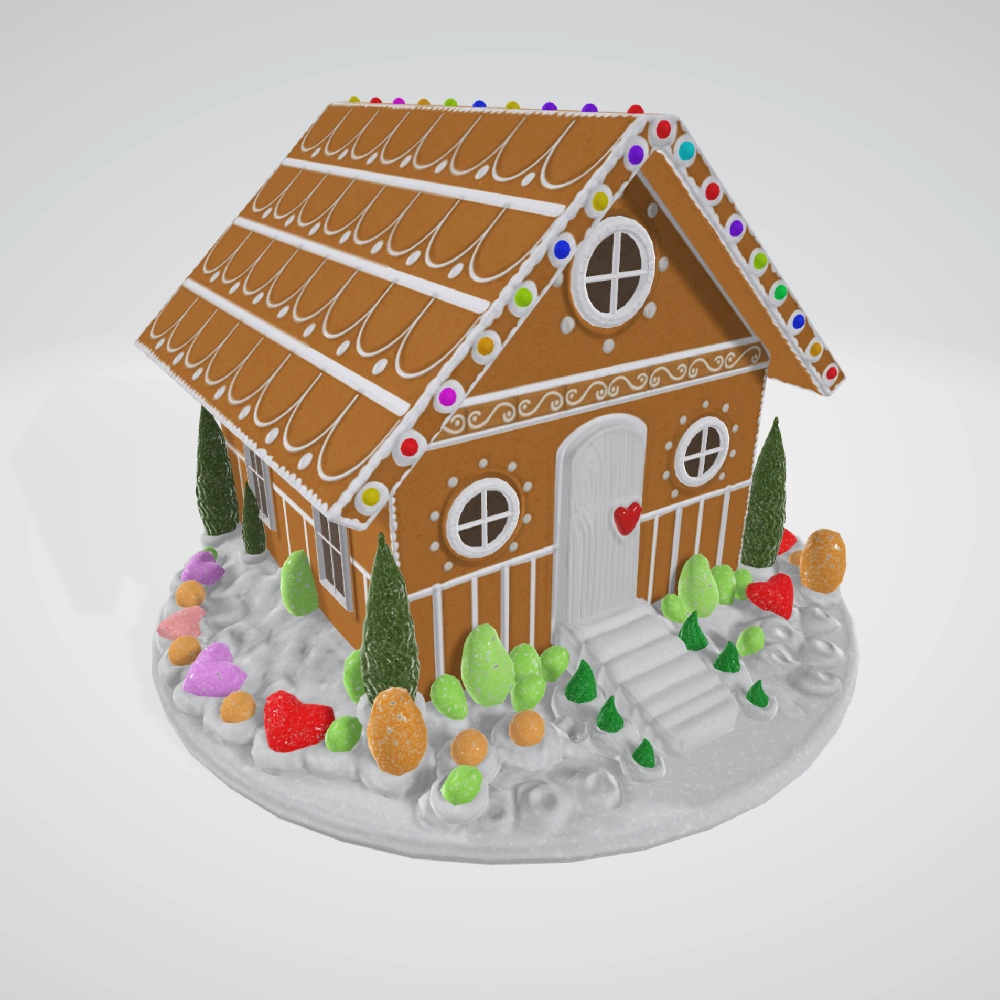
A fully textured OBJ gingerbread house file
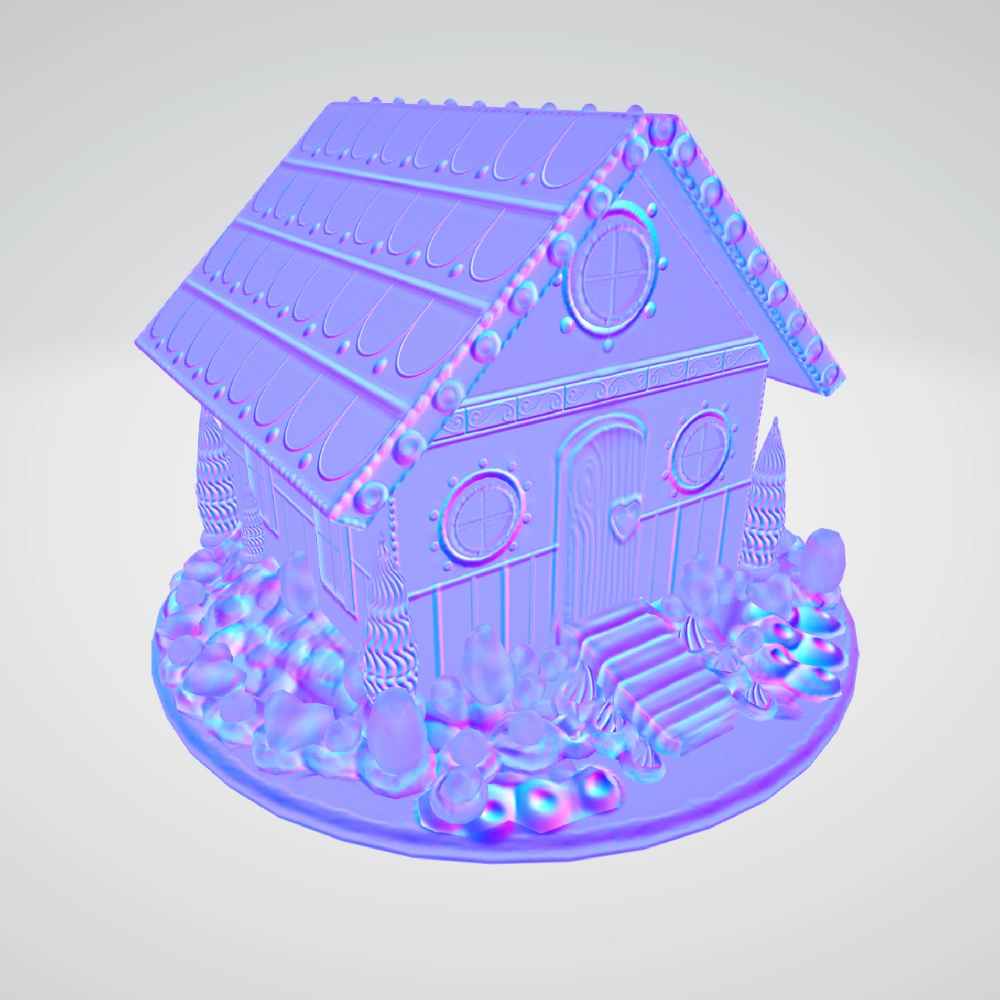
The OBJ formatted gingerbread house normal map
Uses
Due to their ability to contain materials and textures, OBJ files are generally used for storing models where colours and textures are present and for transferring 3D objects between applications. STL files can also be used as a medium for the exchange of simple 3D mesh data if that is all that is needed to be transferred. STL files really come into their own when it comes to 3D printing. Many 3D printing slicer software support the STL format, making it the better format for storing 3D objects you intend to send to a 3D printer.
Summary
Both STL and OBJ formats are popular and have been around for a long time, meaning they both command support amongst 3D modelling applications. Choosing between them depends on the task at hand. If you are intending to 3D print your model, then STL is the most suitable format; for anything else, the OBJ format is likely the best choice.




